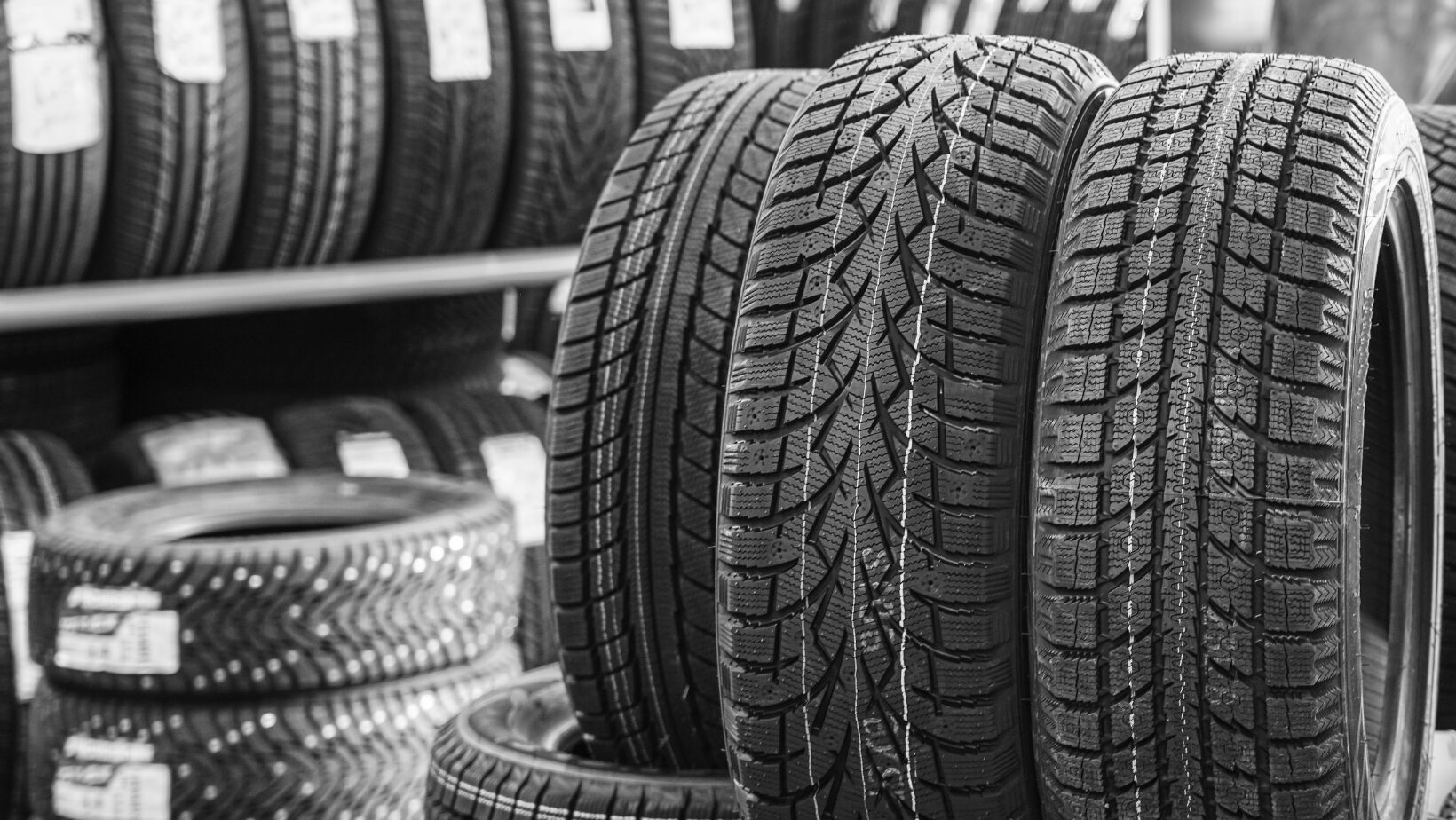Shopping for new tires can be a significant investment in your vehicle’s safety and performance. Here are some tips to help you make informed decisions when selecting and purchasing new tires:
- Understand Your Tire Size: Start by knowing the size of the tires your vehicle requires. You can find this information in your vehicle’s owner’s manual or on the sidewall of the current tires. The size is typically expressed as a series of numbers, such as P215/65R16.
- Consider Your Driving Needs: Different tires are designed for various driving conditions. Consider your typical driving environment and needs. There are tires optimized for performance, all-season use, off-road driving, or specific weather conditions. Choose a tire type that aligns with your driving habits.
- Tire Performance Ratings: Pay attention to the tire’s performance ratings, which indicate how well they handle in terms of traction, temperature resistance, and treadwear. These ratings are typically represented by a combination of letters and numbers. For example, a tire with a rating of 200 A B indicates a treadwear grade of 200, traction grade A, and temperature resistance grade B.
- Check for Rebates and Promotions: Tire manufacturers often offer rebates or promotions, especially during certain times of the year. Keep an eye out for these deals, as they can help you save money on your purchase. Some tire retailers also offer package deals that include services like tire rotation or alignment.
- Read Customer Reviews: Before making a final decision, read customer reviews for the specific tire models you are considering. Real-world experiences from other drivers can provide valuable insights into a tire’s performance, longevity, and overall satisfaction.
- Compare Prices: Tire prices can vary between retailers. Take the time to compare prices from different sources, including local tire shops, online retailers, and big-box stores. Keep in mind that the initial cost is just one factor; consider the overall value, including warranty coverage and additional services offered.
- Look for Warranties and Guarantees: Check the warranty coverage provided by the tire manufacturer. Many tires come with a mileage warranty that indicates the expected lifespan of the tire. Additionally, some retailers may offer additional warranties or guarantees, such as road hazard protection.
- Ask About Installation Costs: Inquire about the cost of installation, as this can vary between shops. Some tire retailers may include installation in the total price, while others may charge separately. Also, ask about any additional fees, such as for tire disposal or valve stems.
- Maintain Proper Tire Pressure: After purchasing new tires, it’s crucial to maintain proper tire pressure. Regularly check and adjust the tire pressure according to the recommendations in your vehicle’s manual. Proper inflation not only ensures optimal performance but also extends the lifespan of your tires.
- Schedule Regular Tire Maintenance: Once you’ve purchased new tires, make a habit of scheduling regular tire maintenance, including rotations and alignments. Proper maintenance helps ensure even wear and extends the life of your tires.
By considering these tips and being an informed consumer, you can confidently choose the right tires for your vehicle and driving conditions. Investing in high-quality tires and maintaining them properly will contribute to a safer and more enjoyable driving experience.
Learn about NEW AAA Mobile Tire Service